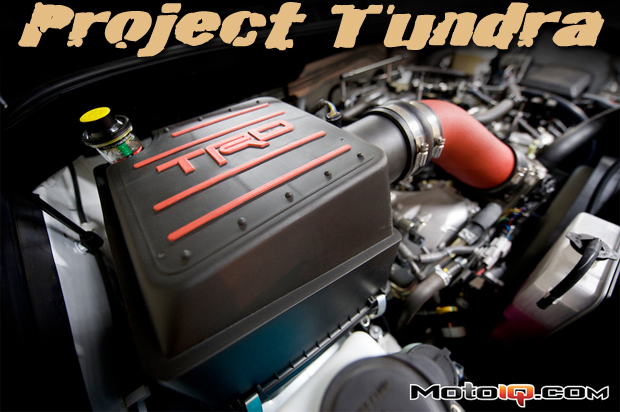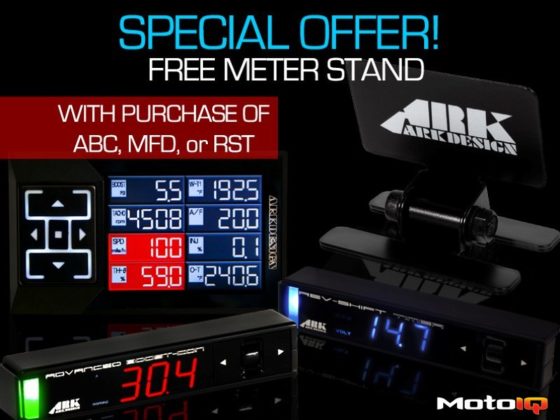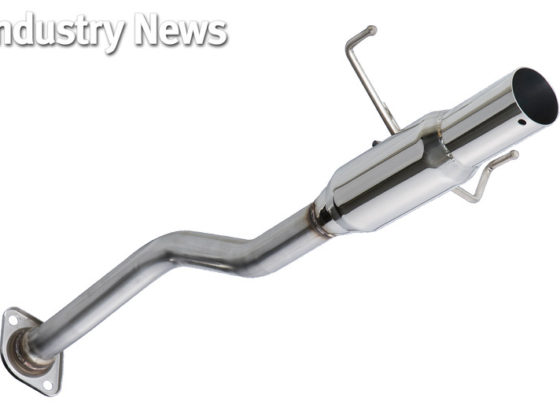,
|
||||
| Put the stock airbox base back in aligning the new larger air inlet with the air inlet of the stock airbox. |
Many aftermarket fabric filters do not filter very well, sacrificing filtration for flow but TRD’s filter meets Toyota’s stringent filtering specs. We have suffered engine damage with some of these filters before on our race cars (these were not K&N filters by the way) because of poor filtration and dirt ingestion in a ram air system. Because of the filter’s efficient filtering ability you can go off-roading or tow through a dusty desert windstorm without hesitation.
 |
| Lay in the big TRD high flow air filter element to replace the stock unit. |
A unique feature of the TRD intake is a clogged filter indicator. The indicator is a clear plastic tube with a sliding device inside. If the filter has a lot of resistance, the indicator is sucked up in the tube to where you can see it. You service the filter and reset the indicator and you are good to go again. The TRD intake airbox also has a carbon hydrocarbon trap like the stock system. This helps keep evaporative emissions down to stock levels.
 |
| Check out the size of the TRD filter! |
Like all TRD stuff, the TRD Tundra Intake went in smoothly with absolutely no problems or fitment issues. We had to do some minor trimming of the engine cover to clear the larger intake tube but TRD provided a pattern to do the job cleanly.
 |
| Place the new TRD airbox top in place and snap it down. Check out the dirty filter indicator in the top left corner of the airbox lid. This is a real cool feature. |
We tested the intake on Technosquare’s dyno. We had to use Toyota’s factory scan tool to lock the transmission in 5th gear to run the test as the six speed transmission wanted to aggressively downshift making it impossible to make a clean run on the dyno.
 |
| We installed these included standoffs to raise the engine cover as well to clear the intake tube. |







1 comment
Nice article, but confused how you hit 7,000rpm, when rev limit is 6000rpm on the 5.7>? Is it tuned?